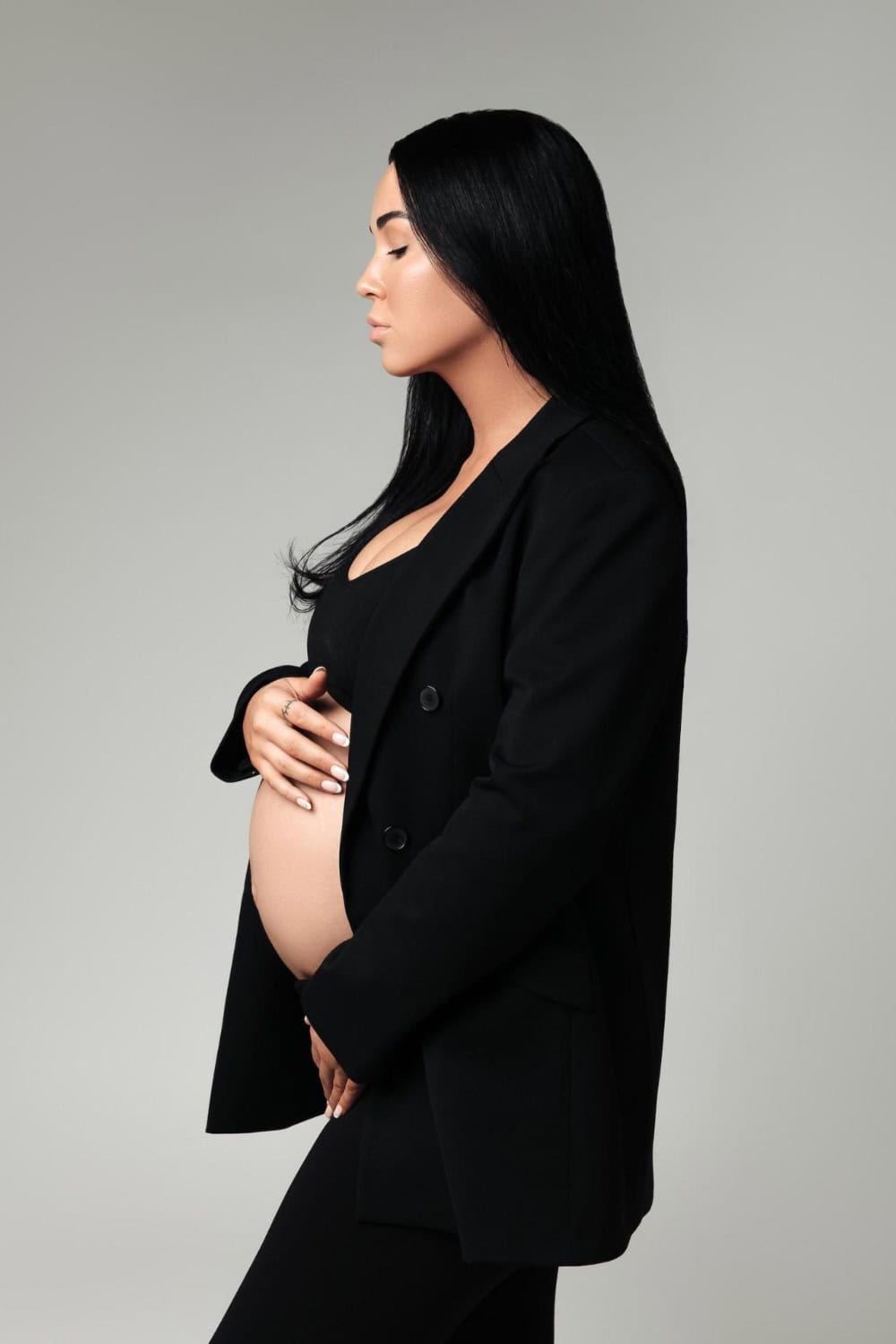Based on the real-life love story of Iván Garcia and Gerardo Zabaleta, “I Carry You with Me” dramatizes their relationship, which dates back decades, and then flashes forward to who and where they are now. The film is pure hybrid, flashing backwards and forwards in time, showing the real men in the present day, and using actors to dramatize their love story in the past. Ewing comes from a documentary background, and this is her first narrative feature. Nominated for an Oscar for the 2006 film “Jesus Camp” (co-directed with Rachel Grady), Ewing brings her documentary sensibility to the table here, and her collaborator in this is the uber-talented Mexican cinematographer Juan Pablo Ramírez.
Current-day Iván Garcia is our “way in” to his own story. A well-known chef, living and working in New York City, the film opens with dreamy shots of him riding the subway, before moving back to his earlier days, as a young man in Puebla, Mexico, struggling to get work as a cook. Played by the gifted Armando Espitia, Iván clears tables at a restaurant, hoping for a chance to show his cooking talents. He has a son, and his relationship with the mother is tense. He has no money, no prospects. He also has a secret. A friend takes him to a gay bar in Puebla, where he meets Gerardo (Christian Vazquez), a TA at a local university. Their initial conversation lasts until dawn. There’s a connection beyond the physical (but the physical is good too). Gerardo is “out,” and Iván is not. He’s afraid if he comes out, he will no longer be allowed to see his son. Neither man has the support of their families.
Meanwhile, all along, the dream of America beckons. Iván hears stories about people who have “crossed over,” and how much better it is “over there.” Maybe he should try it. Maybe it would be the best thing. But how to leave his son? How to leave Gerardo? The timing is terrible. Gerardo arrived too soon.
Much of the movie is shot with a hand-held camera, but there’s careful planning in evidence, with insert shots of food, faces, street scenes, shadows, weather. The camera captures not just the characters’ interactions, but the texture of their worlds, the rooms they live in, the food they eat, their eloquent gestures and glances, the silences, the sensuous pleasure of skin against skin. It takes a very sensitive eye to not only get footage like this but to combine it all together into a coherent whole. Documentaries lean heavily on such footage, since small details like the knick-knacks on a mantelpiece reveal more about a character than any dialogue they might say. Ewing’s tender specific approach elevates the flashbacks out of being dutiful re-enactments. She’s also cast the film sensitively and well. Both young actors are vulnerable and intelligent, dealing with extremely complicated and painful issues, while their love for one another is simple and clear. This is no small feat.
You can view the original article HERE.

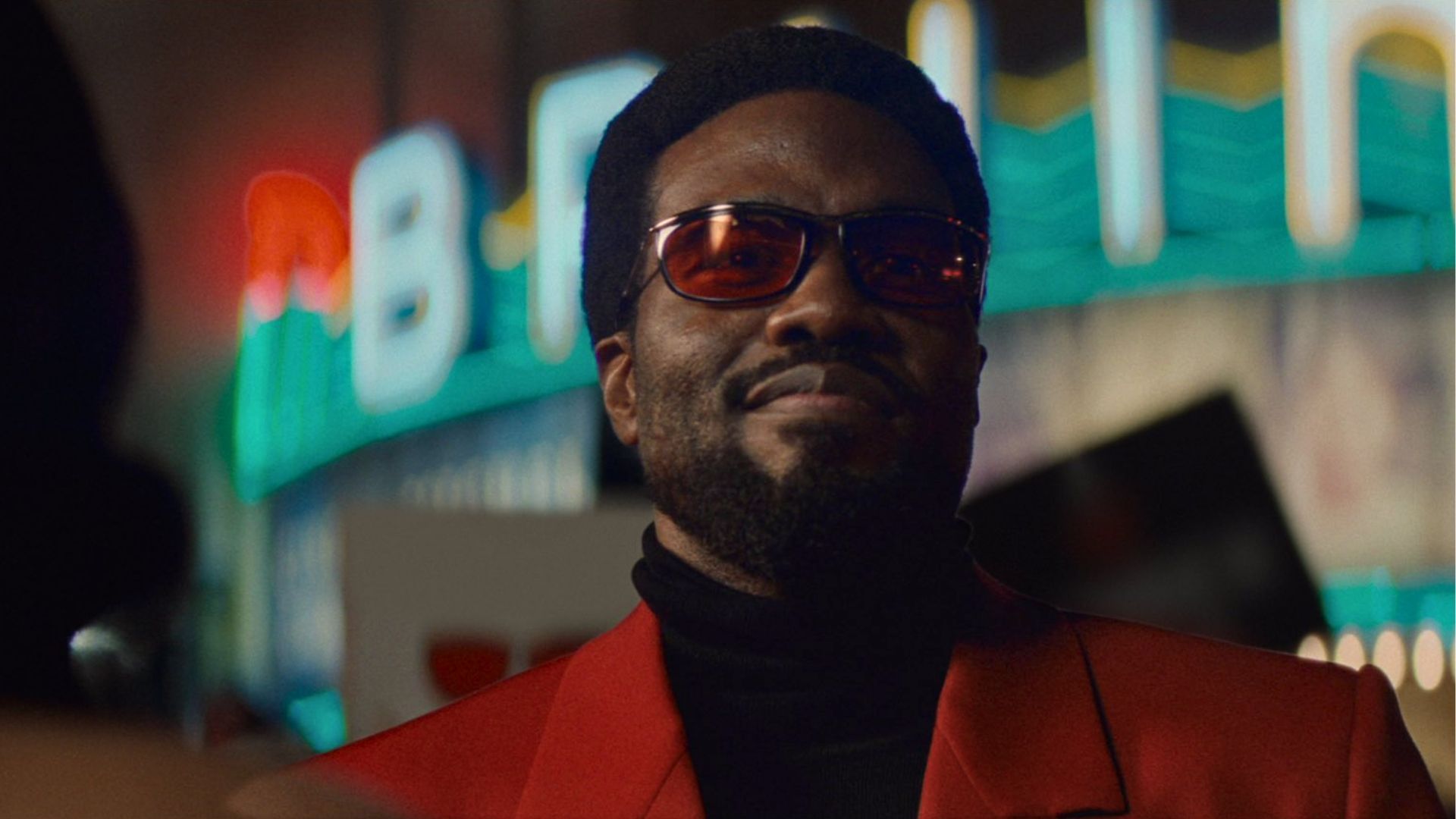






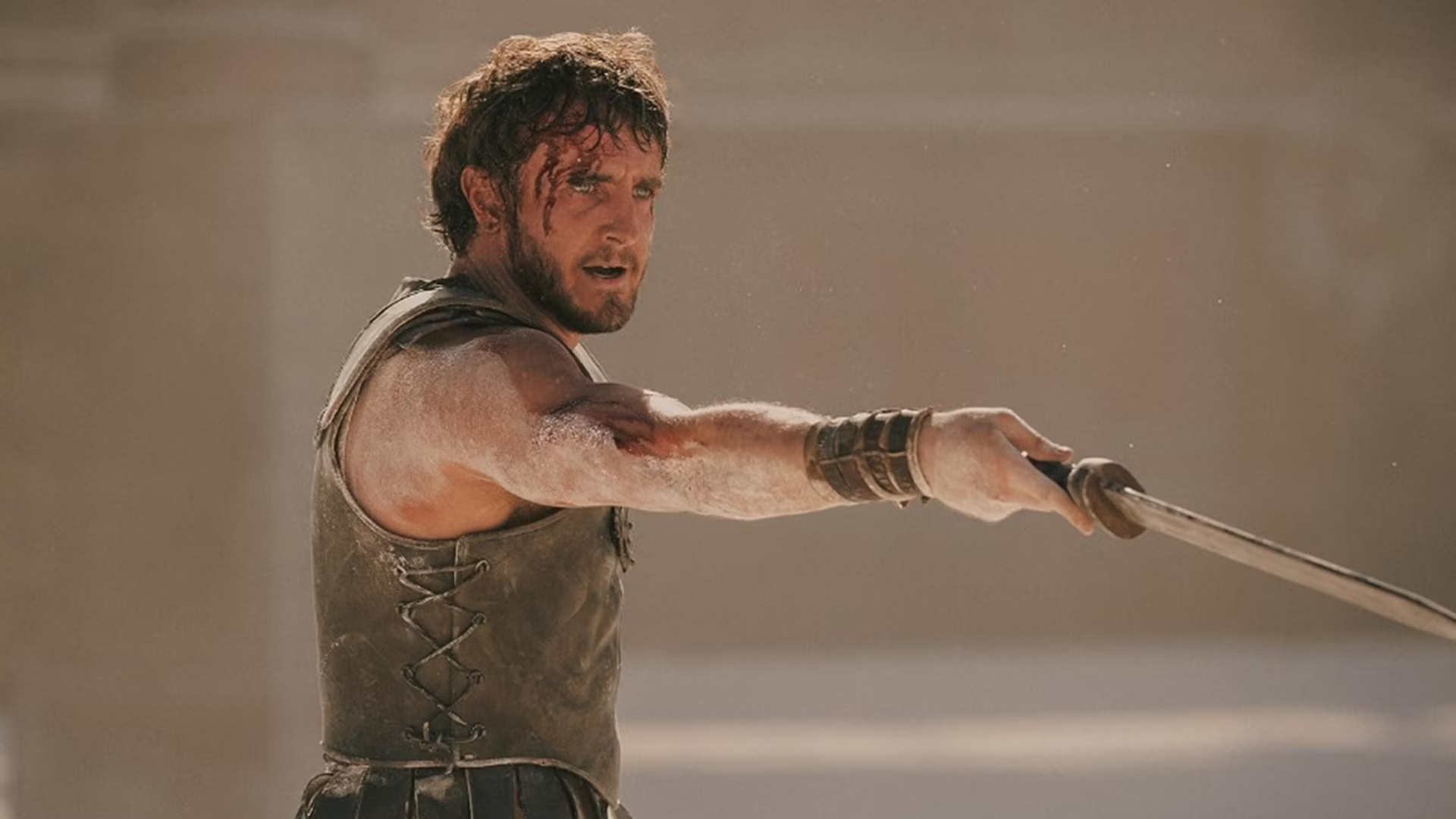


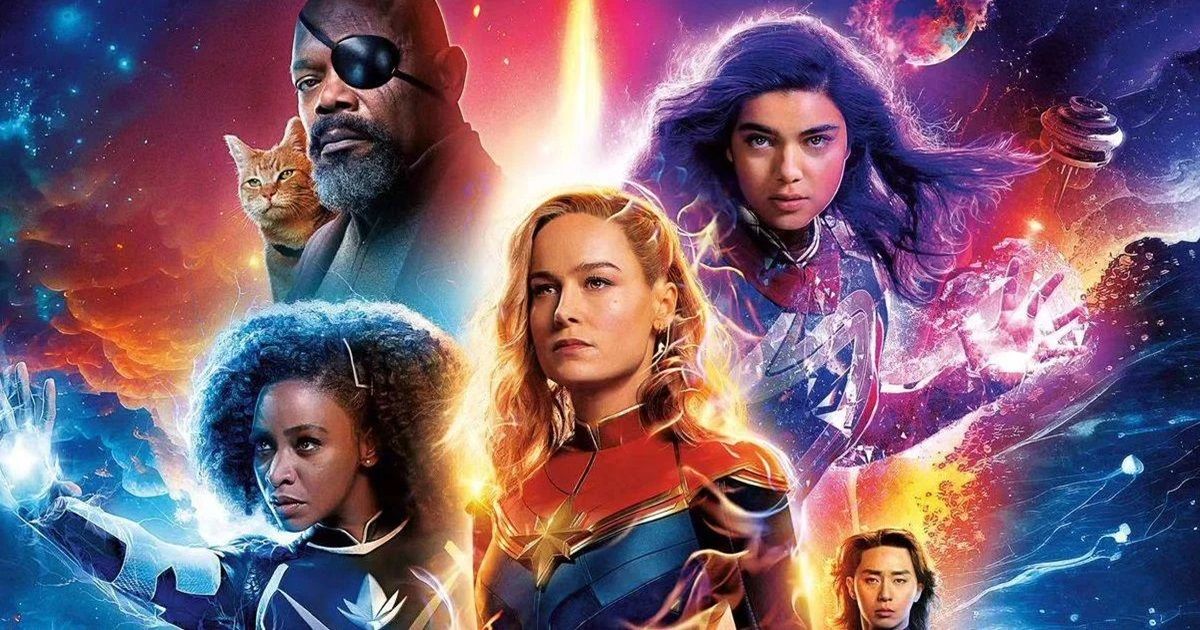







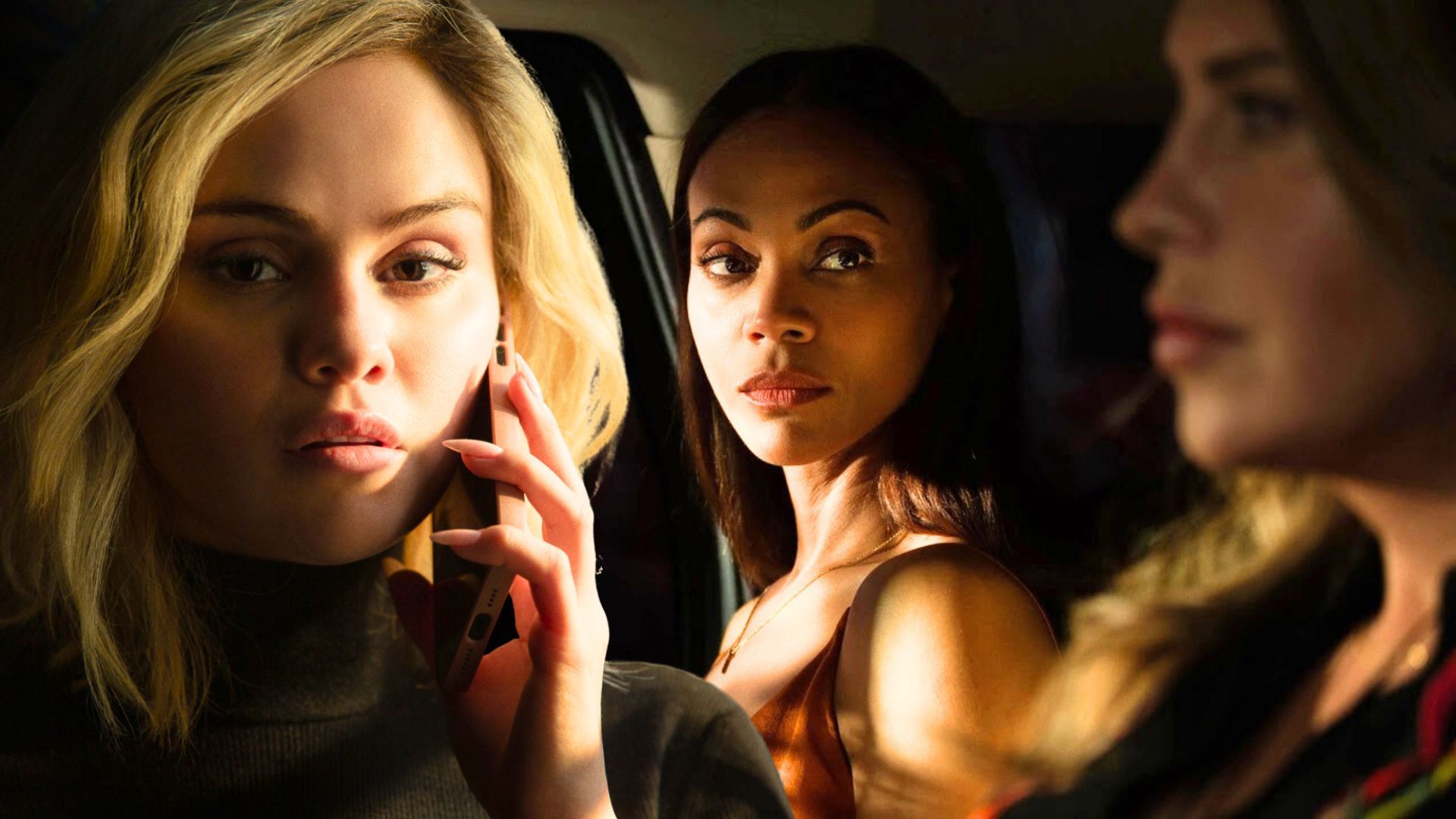


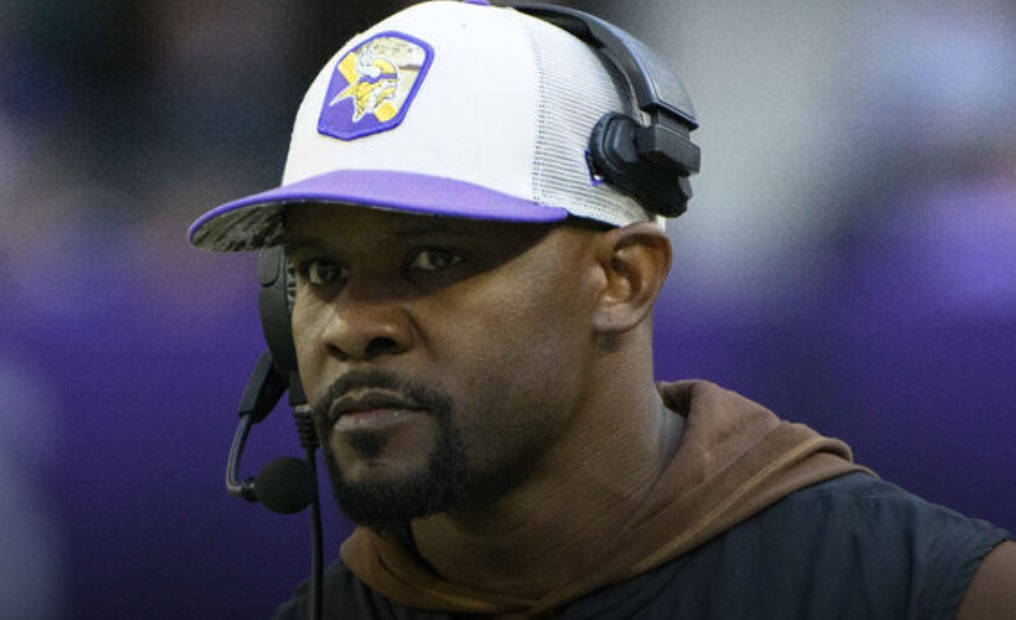

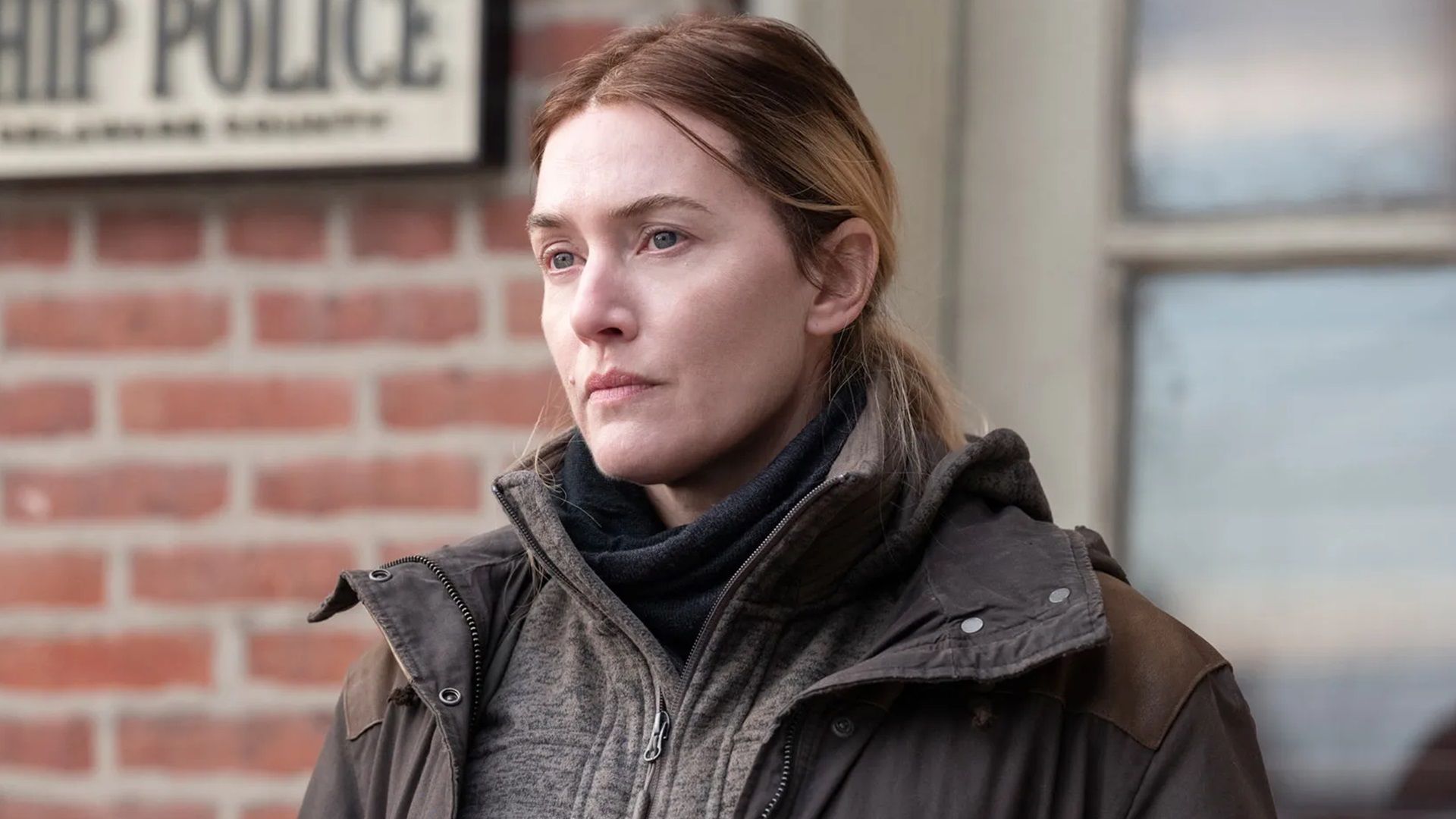

:quality(85):upscale()/2024/11/13/790/n/1922564/c0ad2b806734e8c87b1ee9.61099793_.jpg)

